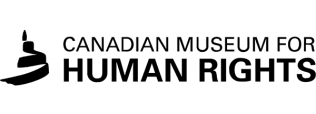Accelerating Human Rights in Canada and Beyond

I’ve had way more clarity of thought than I’ve ever had around who we are and what we do.
Case Study Download
Are you making a difference?
If you are eager to map your outcomes, measure your impact and report effectively then get in touch.

